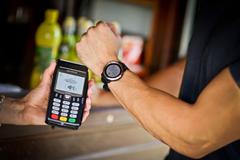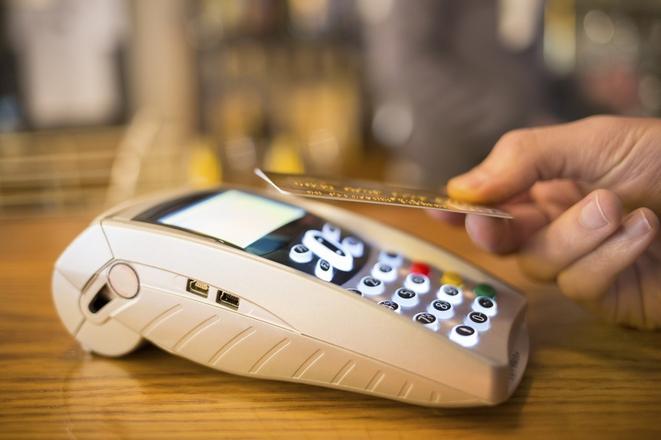For a month now, shoppers in Slovakia have been able to make contactless payments of up to €50 without having to enter their PIN code. Statistics show the change has contributed to lowering the number of "PIN" payments.
Investment Advisory Guide
Well-arranged information about the economy, labour market, investor support, legislation, and real estate as well as investment opportunities in Slovakia. For more details visit ouronline shop.
The government increased the cap on contactless payments in response to the coronavirus outbreak in Slovakia in early April, from €20 to €50. The cumulative number of consecutive contactless payments without the need to enter a PIN is €150.
Some banks, like ČSOB, did not notice a difference. On the other hand, Slovenská Sporiteľňa reports that the number of payments where payers entered their PIN dropped by one half. The limit does not apply to paying with mobile phones and smartwatches, which use a different system of securing the payments.
In the past, about 67 percent of payments in brick-and-mortar shops were processed without the requirement of the PIN code, currently it is 84 percent, said Slovenská Sporiteľňa spokesperson Marta Cesnaková.
People shop differently during corona
Additionally, VÚB Bank reports that the average payment has also increased to over €20, said their spokesperson Dominik Miša.

"The increase of the limit for contactless payments thus proved to be a good decision," Miša commented as quoted by the SITA newswire.
Raising the cap has translated into a decrease in the number of transactions with an entered PIN by almost a half in the 365.bank. Shopping behaviour has also changed with the coronavirus outbreak in Slovakia.
"For instance, food is purchased in larger amounts and less frequently," 365.bank PR manager Linda Valko Gáliková told SITA. "In order to avoid physical contact, many purchases take place online."
More people use their phone to pay
Slovenská Sporiteľňa also recorded a doubled number of clients who have added their paycard into their mobile device.
"That means the number of people who want to pay with their smartphone or smartwatch is constantly on the rise," Cesnaková said.




 Contactless payments are increasing in popularity. (source: Courtesy of mBank)
Contactless payments are increasing in popularity. (source: Courtesy of mBank)